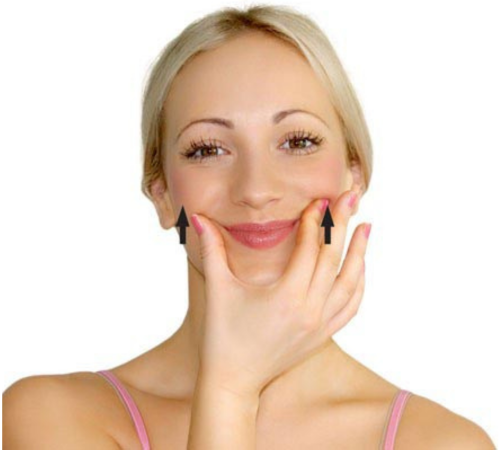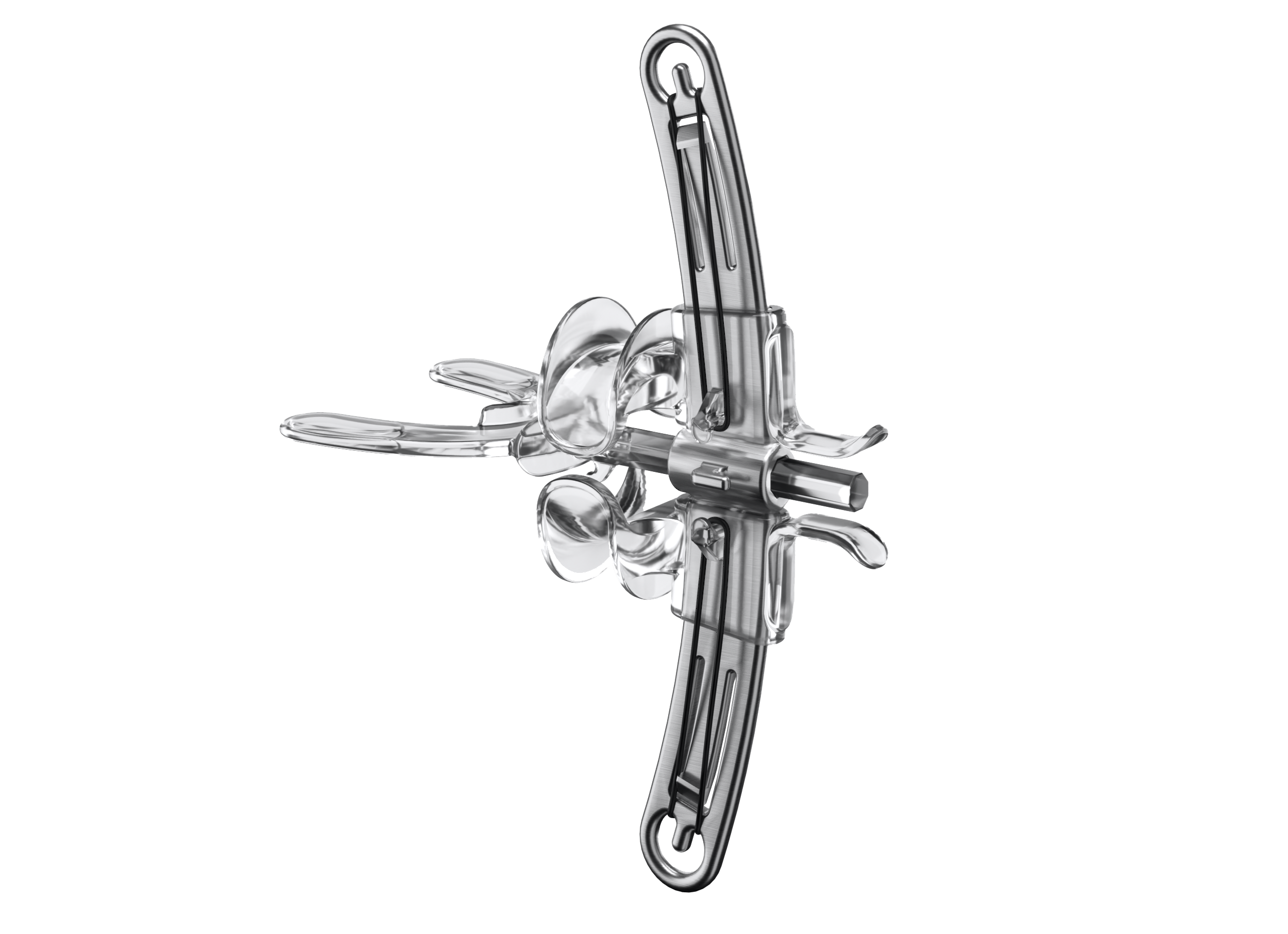ISO Metrik Face Education
Contact Us
Call Us
+1 (678) 632-3745
TESTMONIALS
ISO Metrik offers a game-changing, non-invasive solution to facial sagging — a safer, easier, and more affordable alternative to Botox and surgery. Its potential to support stroke patients with facial weakness makes it an exciting potential addition to modern stroke. rehabilitation.
Dr. Will Humphries
MAKE AN APPOINTMENT
Risorius
Posted on 30th Jul 2020 / Published in: Face
General information
The Risorius is a muscle that controls facial expressions arising within the fascia that is over the parotid gland. It passes horizontally forward, inserting onto the skin at an angle of the mouth and is superficial to the platysma. This narrow bundle of fibres, which is widest at the base, varies in form and size
Literal meaning
Laughing muscle.
Interesting information
The Risorius muscle is one of the large muscles in the face. It is located mainly around the mouth and controls the ability to create a facial expression. It begins around the parotid gland but makes its way all the way around to the platysma muscle. The platysma muscle is found within the neck and chest. The Risorius muscle continues until the skin from the mouth ends. While moving outward and upward, the muscle works along with the other muscles to create facial movement that moves the face in a cohesive unit. The motion of the muscles will pull the lip and face back to create a number of different facial expressions. Frowning and smiling are two of the main expressions created by using these muscles together.
Injuries to this area are not common. Most attention to the Risorius comes in the form of cosmetic surgical procedures and facial exercises to alleviate sagging or drooping of the immediate area. These are generally aesthetic issues.
Origin
Normally attaches to the parotid and masseteric fascia, zygomatic arch and blended with fibres of the platysma
Insertion
Blended with various muscle fibres around the modiolus angle for the mouth.
Function
Pulls the mouth angles laterally and superiorly.
Nerve supply
Facial nerve.
Blood supply
Small anastomotic branches of the facial artery.
Transverse facial artery.

Relevant research
It has been observed that the injection of botulinum neurotoxin Type A (BTX) into the masseter muscle frequently causes a change in facial expression. This study aimed to clarify the location and boundaries of the risorius muscle, charting its topological relationship with surrounding muscles and structures. It was found that the medial part of the masseter muscle was most likely to be partly covered by the risorius. This means that the middle part of the masseter is a hazard zone where injected BTX may potentially cause unnatural facial expressions in patients
Ramirez, O, Santamarina, R. (2000). “Spatial orientation of motor innervation to the lower orbicularis oculi muscle”. Aesthetic Surgery Journal. 20:2, 107-113.
Bae JH, Choi DY, Lee JG, Seo KK, Tansatit T, Kim HJ. The risorius muscle: anatomic considerations with reference to botulinum neurotoxin injection for masseteric hypertrophy. Dermatol Surg. 2014;40(12):1334?1339. doi:10.1097/DSS.0000000000000223
Risorius exercises
Corner mouth pull
Place an index finger on either corner of the mouth while the lips are fully closed. Using the cheek muscles, stretch the mouth into a smile without parting the lips open. Use the index fingers to press back gently, encouraging the stretch. Hold for a count of six. Relax and repeat for five repetitions.
Mouth corners
Place each thumb inside either side of the upper lip closest to the corners of the mouth. Continue to grab the area by allowing the index finger to rest on the outside of the mouth in alignment with the thumb. Gently pull in a downward motion slightly with the fingers and begin to smile while feeling the resistance from the fingers. Hold for a count of ten, then release the smile. Repeat this 20 times a day.

Refining Expression: The Role of the Risorius Muscle
The risorius is a slender, fan-shaped muscle that plays a quiet but important role in your facial expressions—especially in creating a balanced, confident smile. It draws the corners of the mouth laterally, allowing you to smirk, grin, or speak with ease. Though it’s not as well-known as the orbicularis oris or zygomaticus major, the risorius is essential for symmetry and subtle emotional cues.

Anatomy & Function of the Risorius
- Origin: Fascia over the parotid gland (lateral cheek)
- Insertion: Skin at the angle of the mouth, blending with the orbicularis oris
- Function: Pulls the mouth corners straight outward (laterally), enabling expressions like soft smiling or controlled speech
- Nerve Supply: Buccal branch of the facial nerve
- Synergistic Muscles: Works in coordination with the zygomaticus major, depressor anguli oris, and orbicularis oris
The Problem: Muscle Imbalance and Structural Decline
As the midface and lower face begin to age, and as bone support weakens in the zygomatic, maxillary, and mandibular regions, the risorius loses stability and tone. When this happens:
- The corners of the mouth begin to droop, exaggerating marionette lines
- Smiling becomes asymmetrical or flat
- The face begins to appear tired, strained, or emotionally disengaged
- The orbicularis oris becomes overworked, leading to perioral wrinkles
The ISO Metrik Device: Indirect Activation of the Risorius System
While the risorius is not directly targeted by the ISO Metrik Device, it benefits significantly from the muscular and structural changes the device delivers.
Here’s how:
- Lip resistance activates the orbicularis oris, which shares fibers with the risorius at the mouth’s angle
- Bite stabilization on the maxilla and mandible reengages muscle tension across the lower cheek
- Improved function of the zygomaticus major and minor helps restore the natural curve and tone of the lateral mouth, enhancing risorius movement
- Regular training improves facial symmetry, mouth control, and mid-to-lower cheek lift
Why the Risorius Matters
The risorius doesn’t just move the mouth—it adds nuance and balance to your expression. When this muscle is underperforming, even a full smile can feel unbalanced or unnatural. When it’s activated and supported, your smile gains shape, width, and intention.
The ISO Metrik Device creates the internal conditions needed to restore risorius function—by rebuilding the foundational support system of the zygomatic bone, maxilla, mandible, and surrounding facial muscles.
Want a more confident, balanced smile that reflects your full expression?
Support the risorius by restoring its entire facial framework—starting with the ISO Metrik Device.
TESTMONIALS
Dimply dummy text of the deaprinting and typesetting industryorem Ipsum has been the industry’s standard dummy dearty.
DAVID SMITH
CEO,Radiustheme
Contact Us
Call Us
+1 (678) 632-3745
MAKE AN APPOINTMENT
Your journey to facial rejuvenation begins here. Join the ISO Metrik Device Community today.

